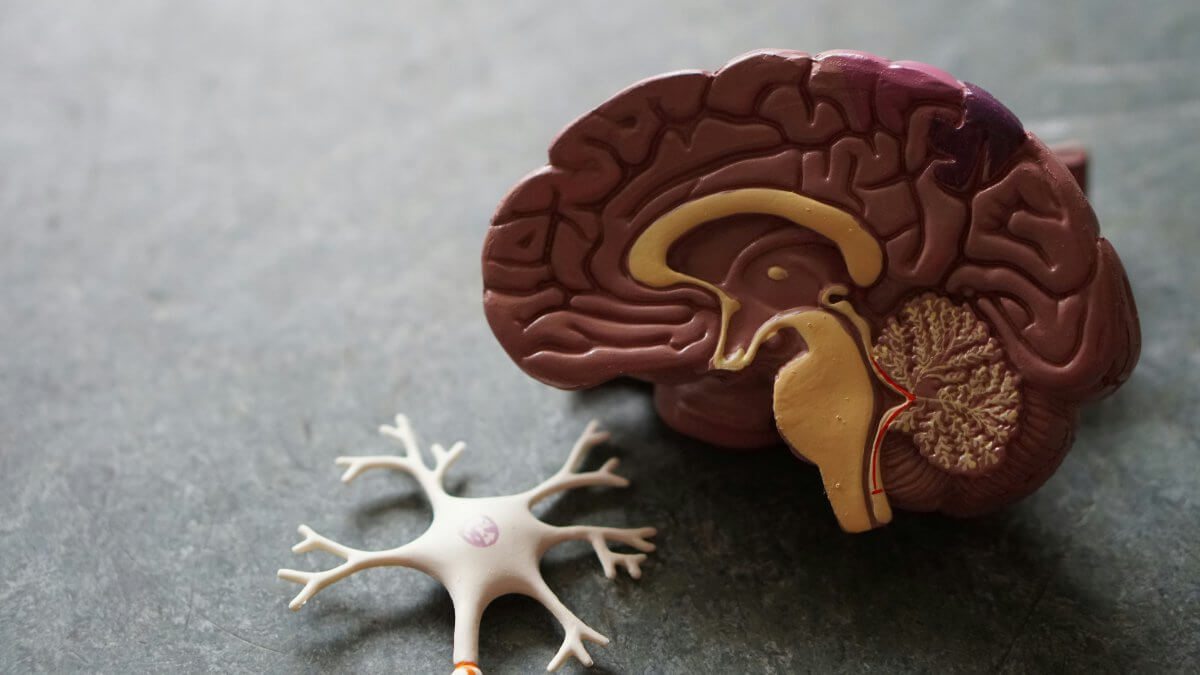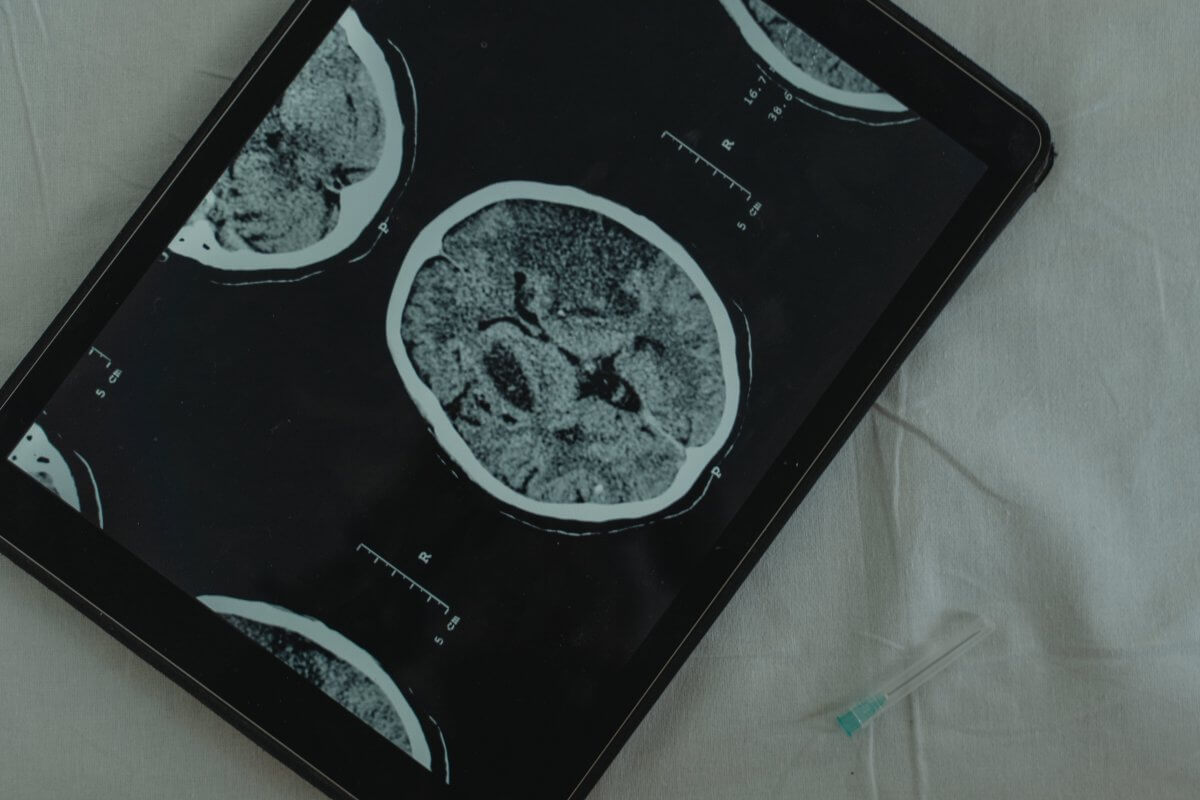Individual values and preferences regarding medical cannabis for the treatment of chronic pain
A descriptive qualitative study
Chronic pain, which is often associated with conditions such as arthritis, neuropathy or inflammatory diseases, poses a major challenge to the quality of life of those affected. Research suggests that cannabis-derived compounds, particularly tetrahydrocannabinol (THC) and cannabidiol (CBD), can provide relief.
Study on the treatment of chronic pain with medicinal cannabis
A study published in 2024, based on a series of interviews, now sheds light on the preferences of people with chronic pain when using medical cannabis to treat this pain. The data is intended to support the development of guidelines and shared decision-making in clinical practice. The study was conducted in the Canadian context, i.e. both the use of medical cannabis and recreational use are legalized. Therefore, participants (of the user group) who use cannabis for recreational use were also included. Almost 44% of respondents have a license for the use of medical cannabis, but 45% do not have insurance that financially covers such therapy.
A total of 52 people living with chronic pain were interviewed. Almost 77% (number: 40) of the participants were using cannabis for their pain at the time of the survey, ten of the participants had previously used cannabis for their pain and two of the participants were non-users. Most participants (63%) stated that they had been living with chronic pain for more than ten years. About 94% of respondents suffer from these symptoms on a daily basis. Final decisions to treat with medical cannabis for chronic pain relief were based on participants’ differing values and preferences.
Results
The majority of users surveyed stated that they need to try out which cannabis products (including ingestion and dosage) prove most helpful for them personally. The opinions of current cannabis users overlapped in terms of the following clear benefits derived from using cannabis:
- Pain relief
- Improved sleep
- Improved mental health
When taken orally, longer lasting but slower onset pain relief was noted, while when inhaled, a faster onset but shorter duration of effect was documented.
Some respondents cited the lack of or insufficient pain relief and unwanted side effects as disadvantages of treatment with medicinal cannabis. However, consumers reported that CBD-containing products had minimal adverse effects (physical or psychological) compared to THC-containing products.
Social acceptability, availability and access, cost and knowledge of healthcare providers had a significant impact on the decision to use cannabis therapy and were seen as both a barrier and in some cases an impetus/encouragement.
Adequate education and consideration of pros and cons, barriers and facilitators, and patient values and preferences are increasingly important in facilitating appropriate cannabis therapy for those affected.
Reference:
1 – Cummings, H., et al. (2024): Individuals’ Values and Preferences Regarding Medical Cannabis for Chronic Pain: A Descriptive Qualitative Study. Journal of pain research, 17, 21–34. https://doi.org/10.2147/JPR.S432823. PubMed: https://www.ncbi.nlm.nih.gov/pmc/articles/PMC10771731/.












